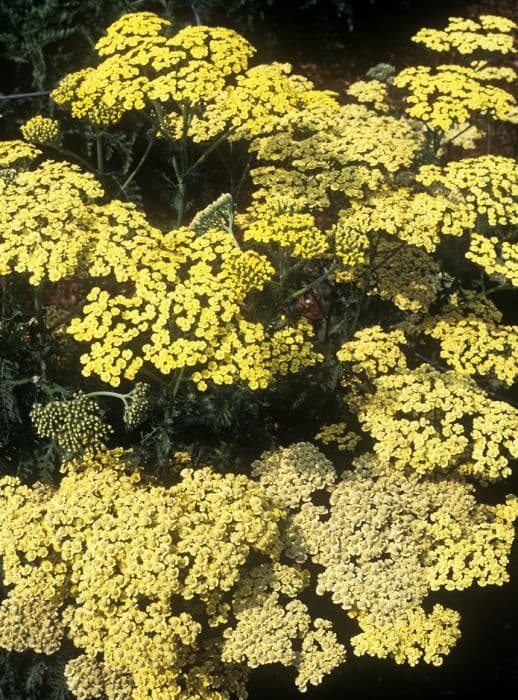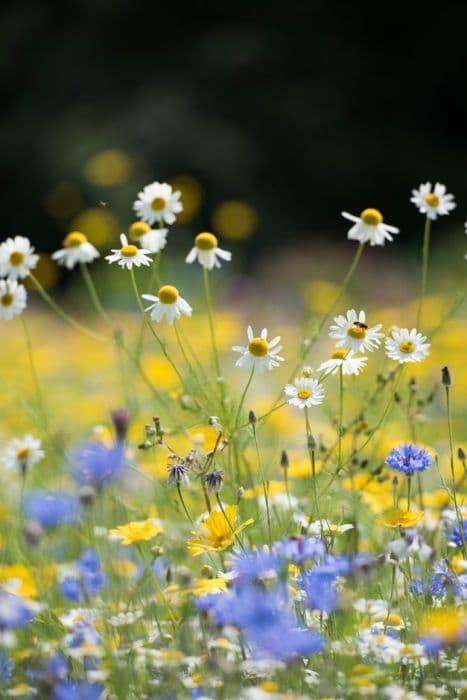Delightful African daisy Osteospermum jucundum

ABOUT
O. jucundum is a rhizomatous perennial to 45cm in height, with narrow, aromatic grey-green leaves and solitary daisy-like, light pinkish-purple, dark-eyed flowers 5-6cm in width
About this plant
 Names
NamesFamily
Asteraceae
Synonyms
African Daisy, South African Daisy, Dimorphotheca jucunda, Trailing African Daisy
Common names
Dimorphotheca jucunda, Osteospermum barberae, Tripteris jucunda.
 Characteristics
CharacteristicsLife cycle
Perennials
Foliage type
Evergreen
Color of leaves
Green
Flower color
Varies
Height
1-2 feet (30-60 cm)
Spread
1-2 feet (30-60 cm)
Plant type
Herb
Hardiness zones
9
Native area
South Africa
Benefits
 General Benefits
General Benefits- Ornamental Value: Osteospermum jucundum, commonly known as African Daisy, is popular for its decorative flowers, which can enhance the aesthetic appeal of gardens and landscapes.
- Drought Tolerance: African Daisy is relatively drought-tolerant once established, making it suitable for xeriscaping and gardens in arid climates.
- Low Maintenance: It generally requires minimal care, thriving in a variety of soil types and only needing occasional deadheading to prolong blooming.
- Attracts Pollinators: The bright flowers of the African Daisy attract bees, butterflies, and other pollinating insects, helping to support local ecosystems.
- Long Blooming Season: African Daisy typically has a long flowering season, providing consistent color and interest in the garden for several months.
- Versatility in Landscaping: It can be used in a range of landscaping designs, such as border plants, ground covers, or container plants.
- Fast-Growing: As a fast-growing plant, it can rapidly fill in empty spaces in the garden, creating lush landscapes in a short amount of time.
 Medical Properties
Medical PropertiesThis plant is not used for medical purposes.
 Air-purifying Qualities
Air-purifying QualitiesThis plant is not specifically known for air purifying qualities.
 Other Uses
Other Uses- Osteospermum, or African Daisy, can be used as a natural pest deterrent in gardens, as some pests dislike their scent.
- It's often planted to attract beneficial insects like bees and butterflies, supporting local ecosystems and pollination.
- African Daisy's vibrant and long-lasting blossoms are used in floral arrangements and bouquets to add a splash of color.
- The dense foliage of Osteospermum can provide ground cover to suppress weeds and reduce garden maintenance.
- The plant can be used in educational settings to teach botany and horticulture, due to its easy-to-grow nature and diverse colors.
- Osteospermum varieties can be used as a living mulch to improve soil quality and retain soil moisture.
- In photography and art, the African Daisy serves as an inspiring subject due to its striking flower structure and variety of colors.
- During special events or theme parks, these plants are used for decorative purposes, creating themed displays and landscapes.
- Used in culinary presentations, the non-toxic petals of Osteospermum add an ornamental touch to dishes, although they are not commonly eaten.
- In crafting, dried Osteospermum flowers can be incorporated into potpourri, providing a pleasant aroma and a touch of natural beauty.
Interesting Facts
 Feng Shui
Feng ShuiAfrican Daisy is not used in Feng Shui practice.
 Zodiac Sign Compitability
Zodiac Sign CompitabilityAfrican Daisy is not used in astrology practice.
 Plant Symbolism
Plant Symbolism- Perseverance: Osteospermum jucundum, commonly known as African Daisy, often blooms in harsh conditions, symbolizing the ability to endure and persevere through challenges.
- Optimism: The bright and cheerful flowers of the African Daisy are reminiscent of a sunny disposition, representing optimism and the ability to look at the brighter side of life.
- Beauty: With its stunning and diverse array of colors, the African Daisy symbolizes natural beauty and the appreciation of it.
- Innocence: The simple and pure appearance of the African Daisy’s petals is often associated with innocence and purity.
 Water
WaterThe African Daisy should be watered regularly during its growing season, typically every week, ensuring that the soil is kept evenly moist but never waterlogged. It requires about 1 gallon of water per week for outdoor plants, whereas potted plants may need water more frequently due to faster drying soil. During the winter or dormant period, reduce watering to every two to three weeks. Always check the top inch of soil for dryness before watering again.
 Light
LightAfrican Daisies thrive best in full sun, receiving at least 6 hours of direct sunlight daily. They can tolerate partial shade but bloom best when placed in a spot where they receive ample sunlight throughout the day, such as a south-facing location.
 Temperature
TemperatureFor African Daisies, the ideal temperature range is between 50°F and 75°F. They can survive in temperatures as low as 20°F for short periods but are susceptible to frost damage. The maximum temperature they can endure is around 80°F to 90°F, anything higher can stress the plant.
 Pruning
PruningPruning African Daisies is important to remove spent blooms (deadheading) and encourage further blooming. They should be pruned regularly throughout the blooming season to maintain a tidy appearance and promote new growth. The best time for extensive pruning is in early spring to shape the plant and encourage bushy growth.
 Cleaning
CleaningAs needed
 Soil
SoilAfrican daisies prefer well-draining soil with compost or peat moss mixed in. Aim for a soil pH between 5.5 and 6.2 for the best growth.
 Repotting
RepottingAfrican daisies should be repotted every two to three years to refresh the soil and allow room for growth.
 Humidity & Misting
Humidity & MistingAfrican daisies do best in average humidity levels; they do not require high humidity environments.
 Suitable locations
Suitable locationsIndoor
Place African daisies in bright indirect light inside.
Outdoor
Plant in full sun with well-drained soil outdoors.
Hardiness zone
9-11 USDA
 Life cycle
Life cycleOsteospermum jucundum, commonly known as the African daisy, begins its life cycle as a seed that germinates in warm, well-drained soil under full sun. After germination, seedlings emerge and establish a root system, followed by the development of foliage with characteristic glossy leaves. As the plant matures, it enters the vegetative stage where it grows actively, producing more leaves and branching stems. Upon reaching maturity, the African daisy produces daisy-like composite flowers, typically in the spring or early summer, attracting pollinators with its bright colors. After pollination, the flowers develop into small, dry fruits known as achenes, containing seeds that can be dispersed by wind or by falling to the ground. Once the plant completes its flowering and seed production, it enters a period of dormancy, especially in cooler climates, with the cycle ready to begin anew if conditions allow.
 Propogation
PropogationPropogation time
Spring to Summer
Osteospermum jucundum, commonly known as the African Daisy, can be propagated by cuttings. This is the most popular method and often performed during late spring to early summer when the plant's growth is most vigorous. To propagate by cuttings, a gardener would take a 3 to 5-inch (about 7.6 to 12.7 centimeters) stem cutting from a healthy parent plant, ensuring at least a couple of leaves are left on the cutting. The bottom end of the cutting should then be dipped in rooting hormone before being placed in a well-draining soil mixture. The soil should be kept moist but not waterlogged, and the cutting should be placed in bright, indirect light. Roots typically develop within a few weeks, after which the new plant can be transplanted into its permanent location.









